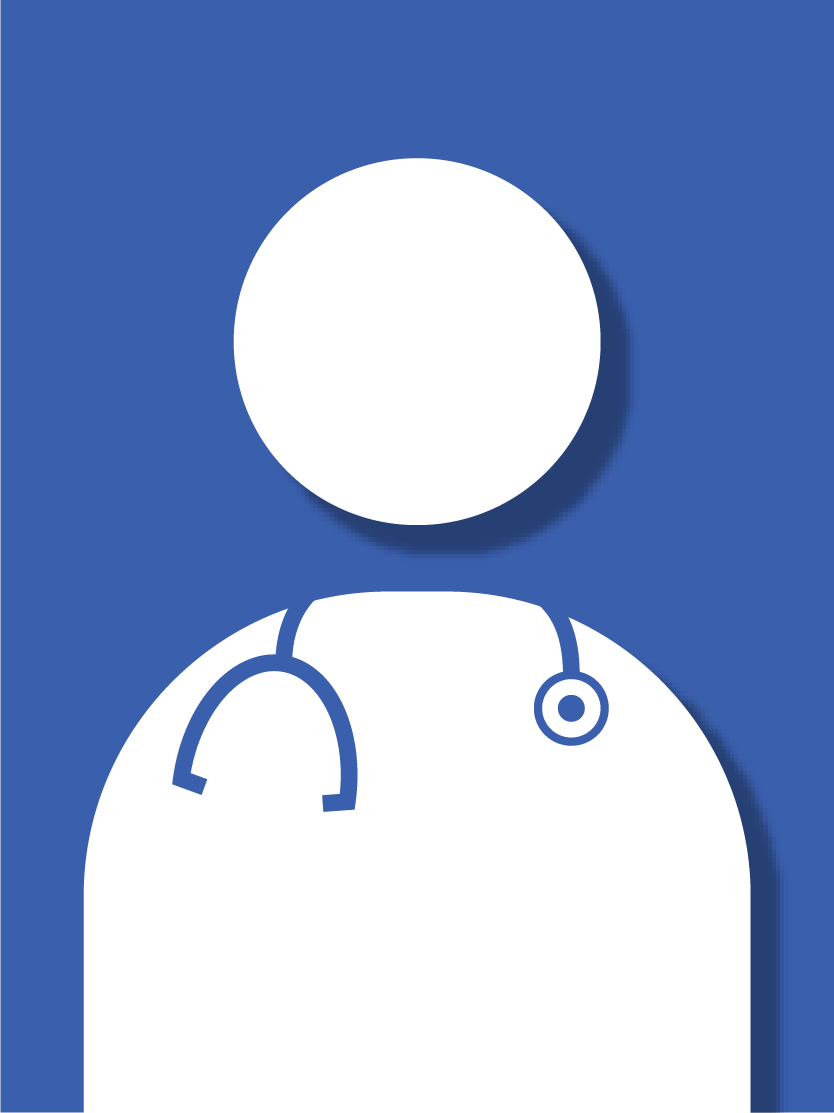Type 2 diabetes is a condition in which your body doesn’t respond as it should to the hormone insulin, which helps regulate blood glucose levels.
Why UK Barnstable Brown Diabetes Center?
The team at Barnstable Brown Diabetes Center provides expert consultation and ongoing care for patients with prediabetes, diabetes, diabetes in pregnancy and any diabetes-related complications and conditions.
Our center is unique in that we offer care and treatment across the lifespan. Our multidisciplinary health care team includes certified diabetes care and education specialists, physicians, nurse practitioners, physician assistants, nurses, registered dietitians, pharmacists, and social workers. We have an education center that provides first-class, cutting edge diabetes education in individual and group settings. Appointments are available both in-person and via telehealth.
Our outpatient location at UK HealthCare – Turfland provides a convenient, single location where patients can easily access many of their related health care services. UK HealthCare – Turfland, which offers abundant free parking, is home to many other expert clinical health care providers, including those from primary care, urgent care, pharmacy, laboratory, radiology/MRI, ophthalmology and more.
UK HealthCare’s state-of-the-art electronic health record uses the MyChart patient portal for communication between provider and patient.
How do providers work together to best serve their patients?
- A multidisciplinary team of providers and diabetes care and education specialists coordinate a specific treatment plan tailored to each patient.
- A comprehensive medical record network coordinates care among your healthcare team, as well as with local and regional health care facilities. The MyChart portal tool promotes quick and effective communication with our patients.
- Pediatric and adult teams housed in the same clinic offers a smooth transition of care as pediatric patients reach adulthood and transfer care to the adult team.
Some people may not experience diabetes symptoms. When symptoms do appear, they can include:
- Increased thirst. Type 2 diabetes causes you to feel thirsty because you are losing more water than normal through your urine. This water loss can lead to dehydration.
- Frequent urination. When the kidneys try to get rid of the excess sugar in the blood, they pull in more water. This leads to more urine. You may start getting up at night to go to the bathroom as well.
- Fatigue. Type 2 diabetes can make you feel tired. This is associated with a change in blood sugar levels. The body also can’t efficiently produce the energy it needs.
- Changes in vision, such as blurry vision or floating spots. High blood glucose can cause the lens of the eye to swell, leading to blurry vision. Over time, elevated blood glucose levels can contribute to blockages of the tiny blood vessels in the eye. When this happens, the blood vessels can leak fluid or bleed, which can damage the retina. The retina, located in the back of the eye, senses light and sends signals to the brain.
- Losing weight without trying. Unintentional weight loss after developing type 2 diabetes is typically caused by the body losing sugar in the urine instead of using it for energy or storing it.
- Increased hunger. You may feel hungry for the same reason you lose weight or feel tired. This may be because your body can’t produce the energy you need.
Type 2 diabetes is caused in part by both lifestyle and genetics. You are at risk if you:
- Are African American, Alaska Native, American Indian, Asian American, Hawaiian Native, Hispanic or Latino or Pacific Islander
- Are not physically active
- Are obese or overweight
- Are a person who smokes
- Are age 45 or older
- Have a family history of type 2 diabetes
- Have had gestational diabetes
While you can’t change some risk factors, the following lifestyle changes can help prevent type 2 diabetes:
- Don’t smoke. Smoking increases your risk for type 2 diabetes by 30% to 40%, according to the Centers for Disease Control and Prevention.
- Adopt a healthy diet. Choose foods such as fruits, vegetables, lean protein and whole grains. Avoid added sugars and saturated fats.
- Be active. Physical activity helps your body use insulin better and lowers the risk of heart disease.
- Maintain a healthy weight. People who are obese or overweight are at a higher risk for type 2 diabetes.
If you don’t manage your blood glucose, you are at higher risk for complications. These complications include:
- Diabetic ketoacidosis. This is a serious life-threatening condition that occurs when your body does not have enough insulin on board.
- Diabetic nephropathy. Also known as diabetic kidney disease, this condition is characterized by a loss of kidney function over time.
- Diabetic neuropathy. Damage to nerves caused by high blood sugar, this condition often begins as pain a tingly feeling and numbness in the hands and feet, but can become more severe and affect other parts of the body.
- Diabetic retinopathy. This condition causes vision loss due to damage to the retina.
- Gastroparesis. This condition is caused by nerve damage to stomach muscles, causing delayed stomach emptying into the small intestine.
- Slow-healing or nonhealing wounds. Restricted blood flow can keep wounds from healing in a timely manner.
- For your first visit, you will be directed to the Barnstable Brown Diabetes Center at UK Healthcare – Turfland.
- Plenty of free parking is available.
- The Barnstable Brown Diabetes Center is located on the first floor of the building. When you register, a Barnstable Brown Diabetes Center team member will help guide you through your appointment.
- To meet our patient needs, UK HealthCare accepts many forms of insurance.













